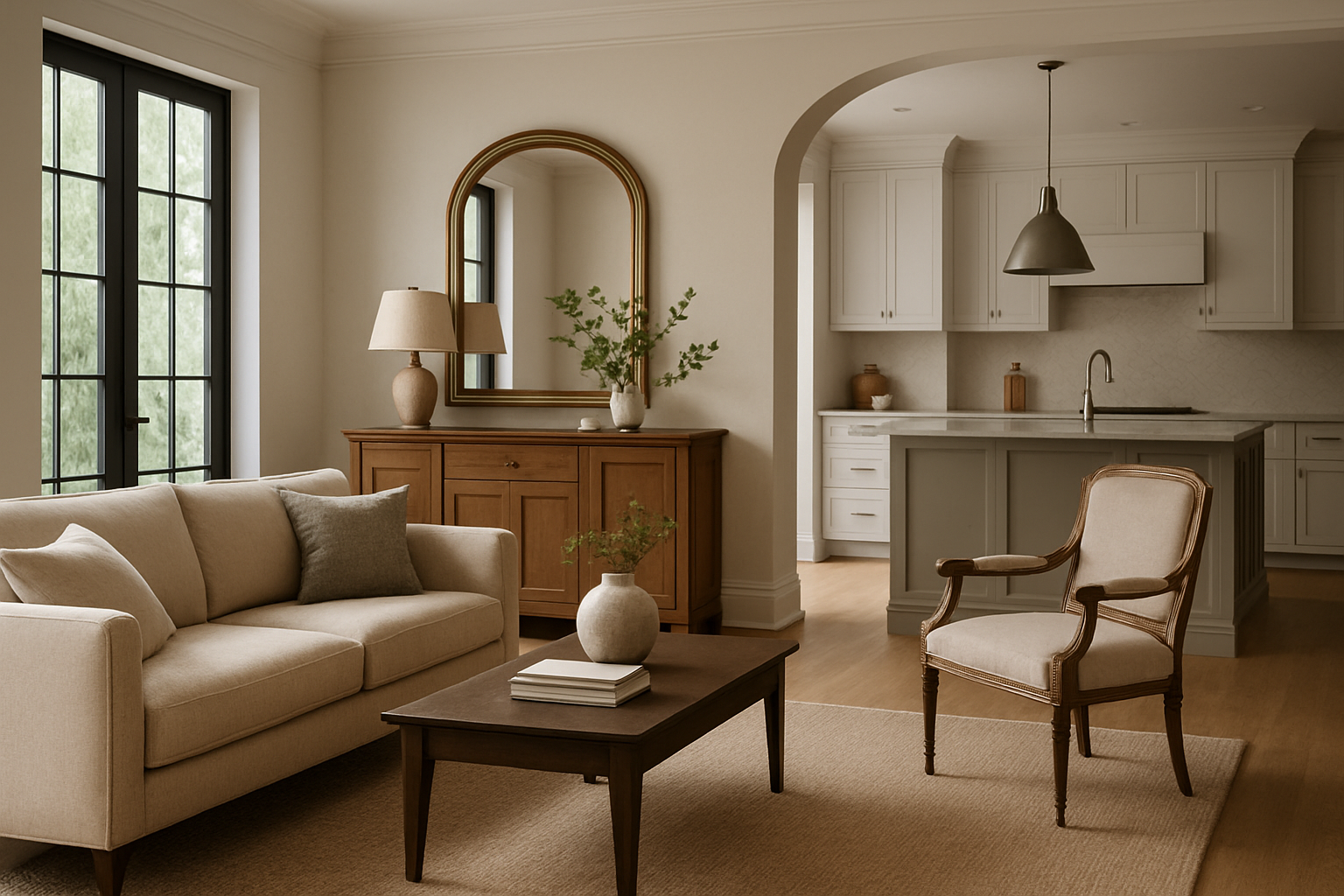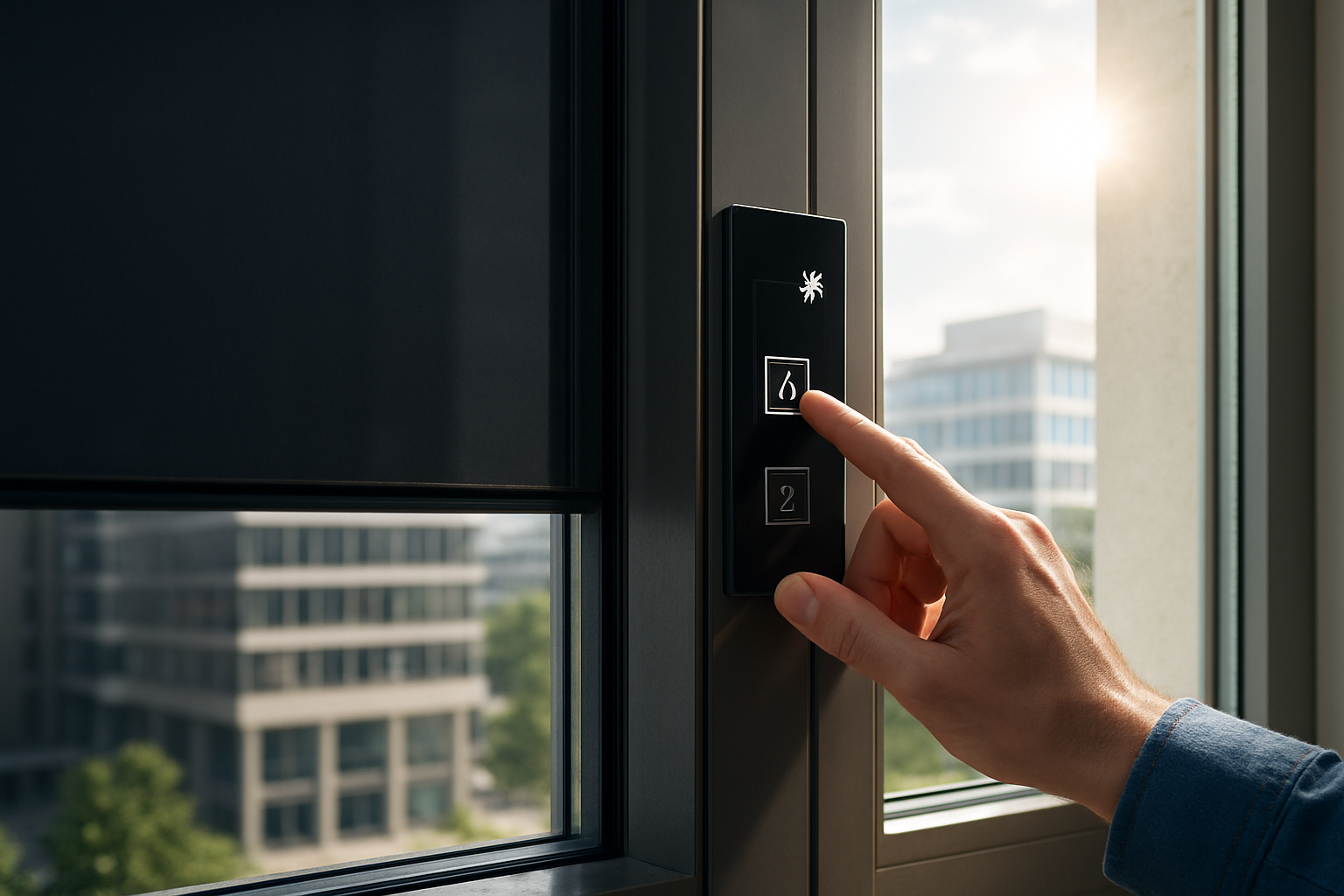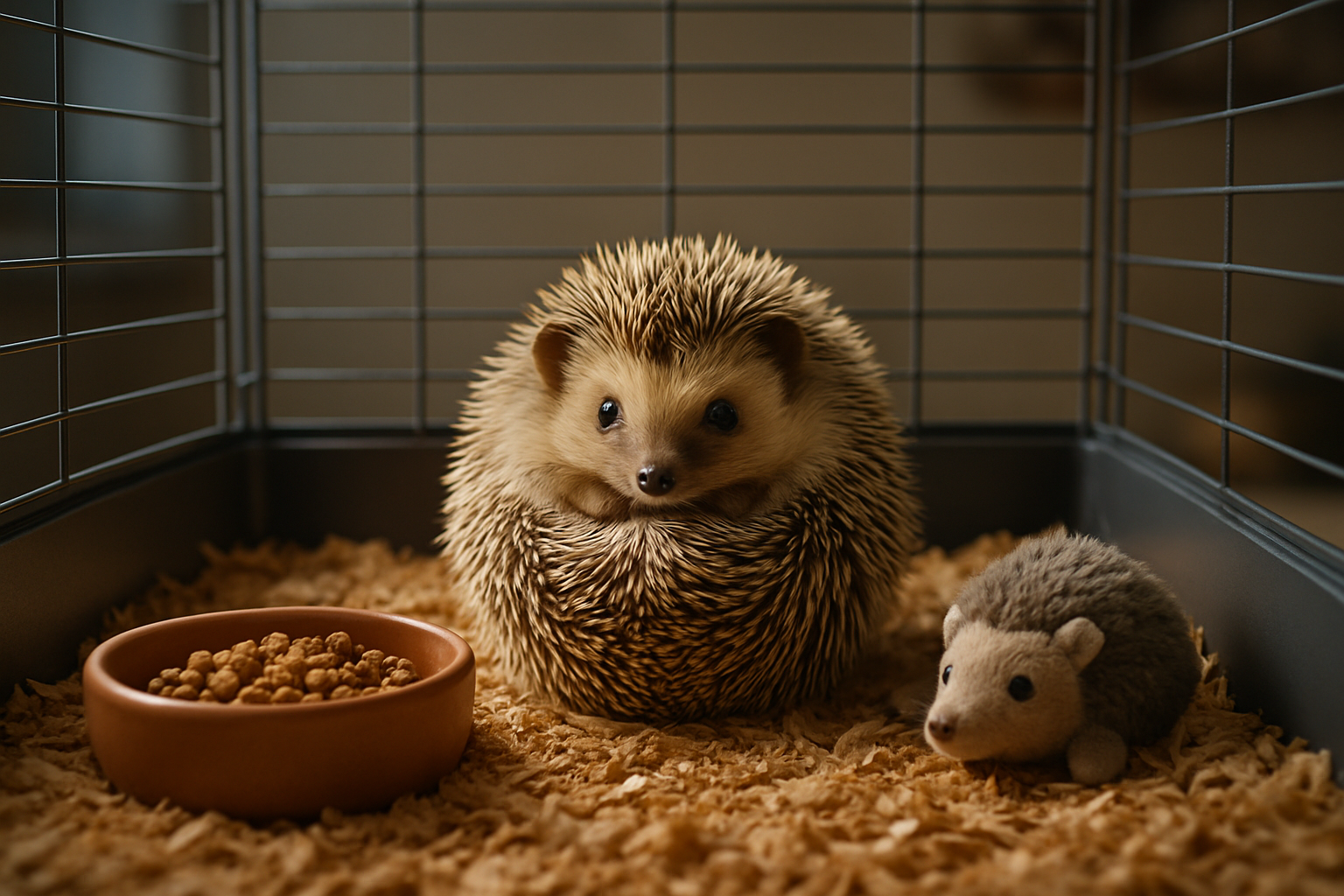Melding Past and Present: The Rise of Transitional Design in Homes
Introduction: Have you ever found yourself torn between the charm of traditional design and the sleek appeal of modern aesthetics? You are not alone. Many homeowners today find themselves drawn to the harmonious blend of old and new that is transitional design. This design philosophy is rapidly gaining popularity for its ability to strike the perfect balance between comfort and sophistication, history and innovation.

A Historical Journey Into Transitional Design
The roots of transitional design are deeply embedded in the need for a middle ground between traditional and contemporary home styles. Traditional design, with its warm colors, intricate patterns, and plush furniture, was the dominant style for centuries. However, with the advent of modernism in the 20th century, design took a dramatic turn. Clean lines, minimalistic decor, and neutral color palettes became the new norm.
Transitional design emerged as a response to these dramatic shifts, seeking to harmonize the best elements of both. It is a design philosophy that blends the comfort and warmth of traditional design with the clean, simple lines of contemporary decor.
Current Trends and Insights in Transitional Design
Today, transitional design is making a major splash in the world of interior design. The design style is a clever blend of old and new, combining the plush comfort of traditional design with the sleek, minimalistic appeal of modern style. This balance creates a timeless aesthetic that can easily adapt to changing trends.
In transitional design, neutral color palettes are key. Soft grays, creams, and taupes create a soothing ambiance while allowing the furnishings and accessories to take center stage. Furniture pieces are often a mix of straight and curvy lines, embodying the best of both traditional and contemporary styles.
The Practicality and Market Trends of Transitional Design
Transitional design has become a popular choice for homeowners due to its versatility and timeless appeal. Its neutral color palette and balanced blend of styles make it easy to update with changing trends, making it a practical choice for those who want a long-lasting design.
As for market trends, a report by the National Kitchen and Bath Association noted that transitional design has been the top trend for kitchens and bathrooms for several years running. This trend is expected to continue as more people seek design styles that offer flexibility and longevity.
How Transitional Design Enhances Daily Living
Transitional design not only offers aesthetic appeal but also enhances daily living. Its balanced blend of comfort and sophistication makes living spaces feel both cozy and refined. Its neutral color palette creates a calming atmosphere, perfect for relaxation and stress relief.
Additionally, the versatility of transitional design allows homeowners to easily switch out accessories and furnishings as their tastes change, without the need to completely overhaul their interior design. This flexibility makes transitional design a cost-effective and practical choice for many homeowners.
Research-Backed Recommendations for Implementing Transitional Design
For those interested in implementing transitional design in their homes, experts recommend starting with a neutral color palette. From there, add in furnishings that blend traditional and contemporary styles - think a plush, overstuffed sofa paired with a sleek, glass coffee table.
In terms of accessories, less is more. Choose a few key pieces that add interest and personality to the space, but avoid clutter. Remember, the goal of transitional design is to strike a balance between comfort and sophistication, old and new. By adhering to these principles, you can create a timeless, transitional home that is both stylish and practical.
Final Note:
Transitional design offers a perfect solution for those torn between traditional and contemporary styles. By blending the best of both, it creates a timeless, versatile style that enhances daily living. With its rising popularity, it’s clear that transitional design is more than just a trend - it’s a design philosophy that’s here to stay.





